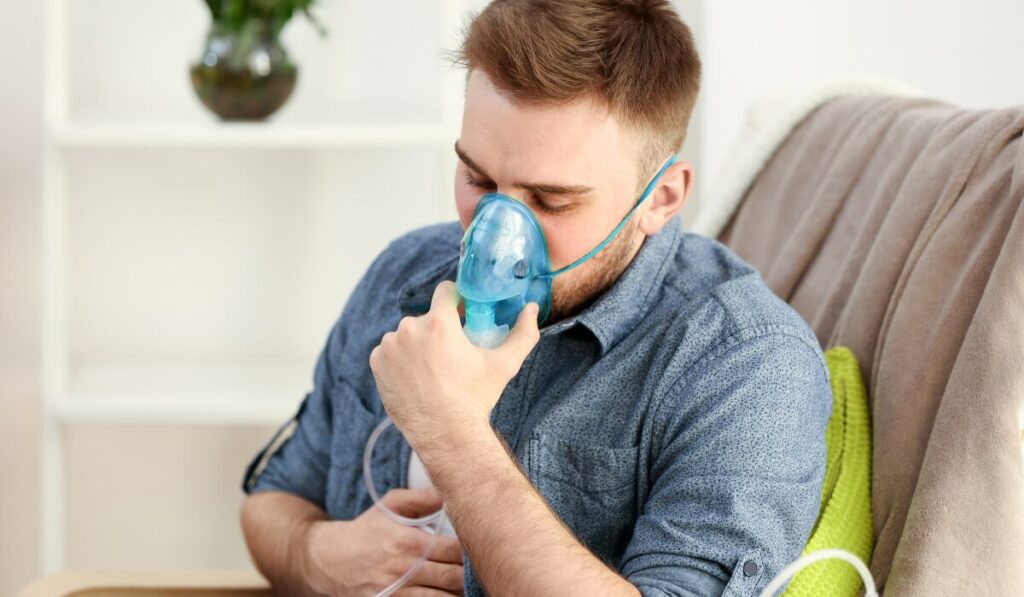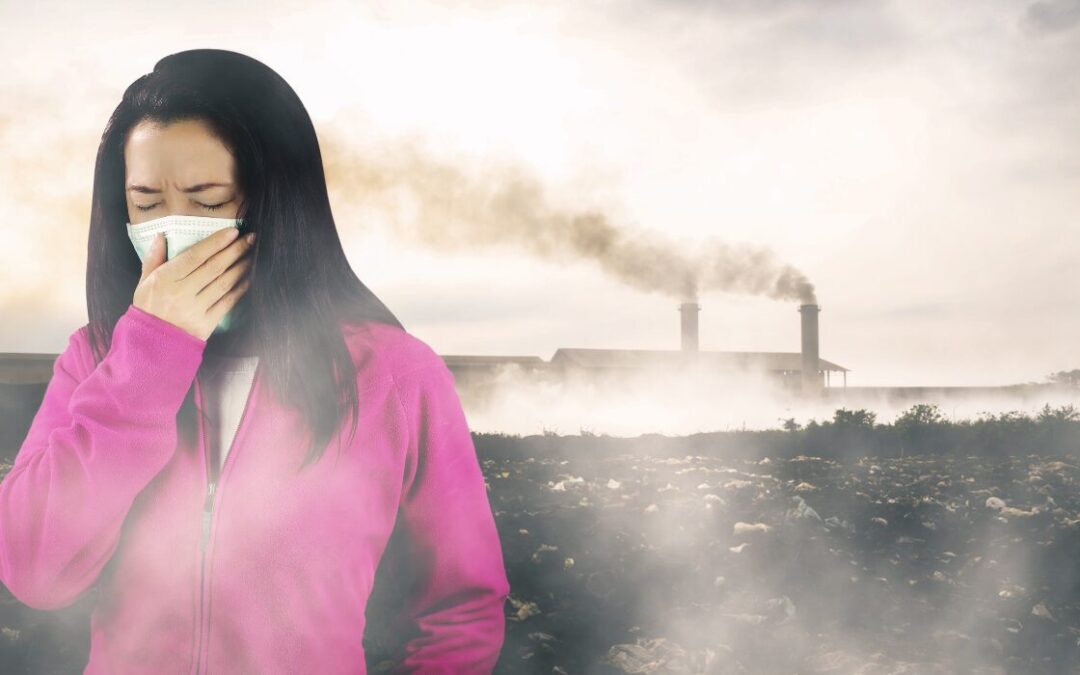The Pollution Lung Impact: Unveiling Hidden Health Effects
Pollution Lung Impact is a significant environmental health risk, affecting millions of people worldwide. Its impact on respiratory health is profound and multifaceted, influencing both short-term and long-term well-being. Understanding how pollution affects the respiratory system can help individuals make informed decisions to protect their health.
The Science of Pollution and Respiratory Health
Types of Air Pollutants
Air pollution encompasses a variety of harmful substances, including:
Particulate Matter (PM): Tiny particles suspended in the air, such as PM2.5 (particles less than 2.5 micrometers) and PM10 (particles less than 10 micrometers). These particles can penetrate deep into the lungs and even enter the bloodstream.
Nitrogen Dioxide (NO2): A gas produced by vehicle emissions and industrial processes, which can irritate airways and reduce lung function.
Sulfur Dioxide (SO2): Emitted from burning fossil fuels, SO2 can lead to respiratory problems and exacerbate conditions like asthma.
Ozone (O3): Ground-level ozone, formed by reactions between sunlight and pollutants, can cause breathing difficulties and aggravate pre-existing respiratory issues.
Acute Effects
Short-term exposure to high levels of air pollution can cause immediate respiratory symptoms, such as:
Coughing and Throat Irritation: Pollutants can irritate the lining of the throat and lungs, leading to coughing and discomfort.
Shortness of Breath: Pollutants can reduce lung capacity and make breathing more difficult, especially for those with pre-existing conditions.
Exacerbation of Allergies: Air pollutants can increase sensitivity to allergens, leading to more severe allergic reactions.
Chronic Effects

Long-term exposure to air pollution can have serious consequences for respiratory health, including:
Chronic Respiratory Diseases: Prolonged exposure is linked to conditions such as chronic bronchitis and chronic obstructive pulmonary disease (COPD).
Reduced Lung Function: Continuous exposure to pollutants can lead to diminished lung capacity and function over time.
Increased Risk of Lung Cancer: Certain pollutants, including those from vehicle emissions and industrial processes, are known carcinogens.
Vulnerable Populations
Some groups are more susceptible to the effects of air pollution:
Children: Their respiratory systems are still developing, making them more vulnerable to pollutants.
Elderly Individuals: Age-related decline in lung function and pre-existing health conditions increase their risk.
People with Pre-existing Conditions: Individuals with asthma, COPD, or other respiratory conditions are more likely to experience adverse effects.
Mitigating the Risks
Reduce Exposure
Stay Informed: Check air quality indexes and avoid outdoor activities during high pollution periods.
Use Air Purifiers: Indoor air purifiers can help reduce pollutants in your home.
Avoid High Traffic Areas: Try to limit time spent in areas with heavy traffic or high industrial activity.
Improve Indoor Air Quality
Ventilate Your Home: Regularly open windows to allow fresh air to circulate.
Reduce Indoor Pollutants: Minimize the use of products that release harmful chemicals, such as certain cleaning agents and paints.
Support Policy Changes
Advocate for Cleaner Air Policies: Support initiatives and regulations aimed at reducing air pollution and promoting clean energy sources.
Conclusion
Air pollution poses a significant threat to respiratory health, with both immediate and long-term effects. By understanding the types of pollutants and their impact, individuals can take proactive steps to reduce exposure and protect their health. Supporting broader policy changes and improvements in air quality can also contribute to a healthier environment for everyone.
FAQ
What are the common sources of air pollution?
Common sources include vehicle emissions, industrial activities, power plants, and residential heating. Natural sources like wildfires and volcanic eruptions can also contribute to pollution.
How can I check the air quality in my area?
Many websites and apps provide real-time air quality indexes. You can also check local government or environmental agency reports for updates on air quality in your area.
What symptoms should prompt me to seek medical attention related to air pollution?
If you experience persistent coughing, shortness of breath, wheezing, or chest pain, especially if these symptoms worsen or are accompanied by other health issues, seek medical advice.
Can air pollution affect mental health?
Yes, emerging research suggests that air pollution may have links to mental health issues, including increased risks of depression and cognitive decline. More studies are needed to fully understand these connections.
Are there specific actions I can take to protect children from air pollution?
Ensure children avoid outdoor activities during high pollution days, use air purifiers in their rooms, and encourage them to play in areas with better air quality.

